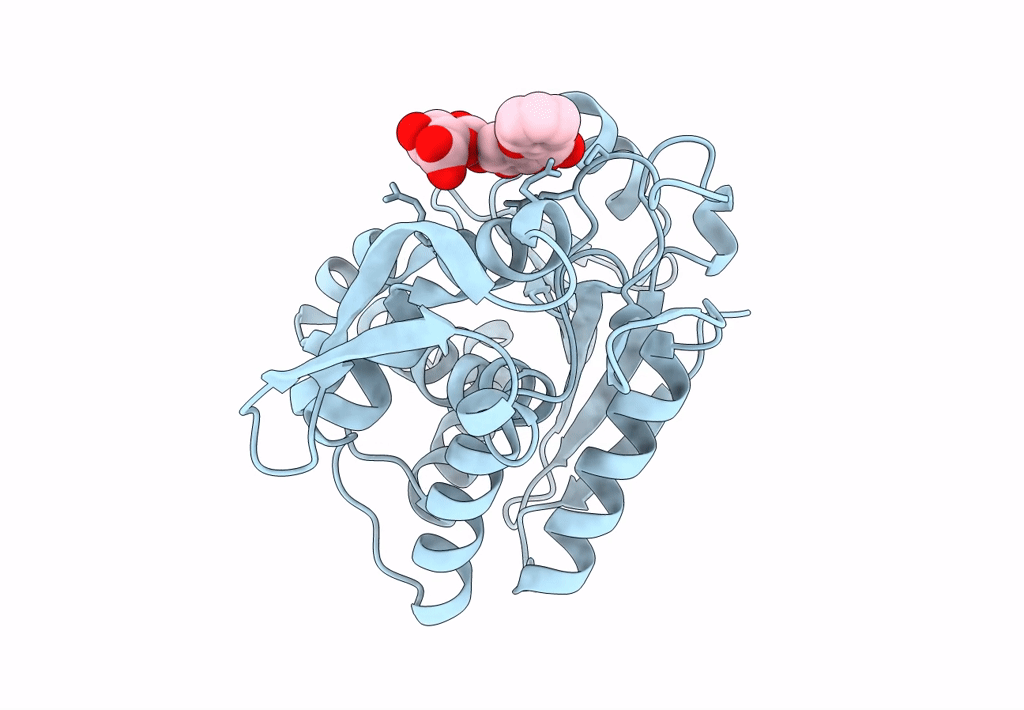
Deposition Date
2014-04-10
Release Date
2015-04-15
Last Version Date
2023-11-08
Entry Detail
PDB ID:
4Q2V
Keywords:
Title:
Crystal Structure of Ricin A chain complexed with Baicalin inhibitor
Biological Source:
Source Organism:
Ricinus communis (Taxon ID: 3988)
Host Organism:
Method Details:
Experimental Method:
Resolution:
2.20 Å
R-Value Free:
0.24
R-Value Work:
0.21
R-Value Observed:
0.21
Space Group:
P 41 21 2


